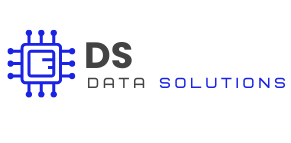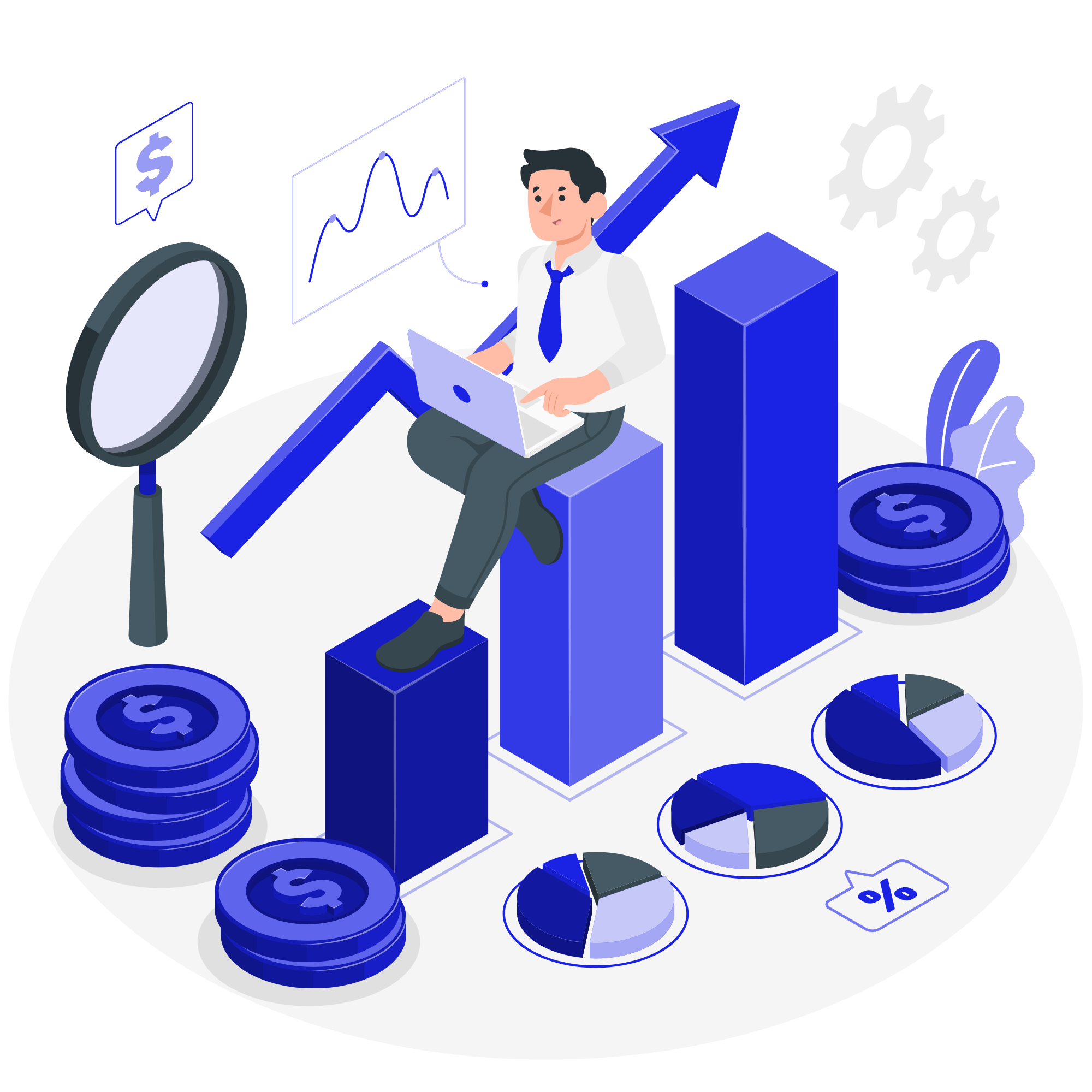What is Web Scraping?
In today’s data-driven world, information is power. But with the vast amount of data available on the internet, finding and gathering the right information can be overwhelming. This is where web scraping comes in. Web scraping is a technique used to extract data from websites. Unlike manual data collection, which can be time-consuming and prone to errors, web scraping allows you to automate the process, quickly gathering large amounts of data efficiently and accurately.
How Does Web Scraping Work?
Web scraping works by sending a request to a website’s server, retrieving the HTML code of the web page, and then parsing that code to extract the desired information. Here’s a simplified breakdown of the process:
- Identify the Target Website: The first step is to decide which website you want to scrape data from. This could be anything from e-commerce platforms like Amazon to news websites like CNN.
- Send a Request: A request is sent to the website’s server to retrieve the content of the web page. This is usually done using HTTP or HTTPS protocols.
- Parse the HTML: Once the content is retrieved, the HTML code of the page is parsed to locate and extract the specific data needed. This could include text, images, prices, links, or any other data available on the webpage.
- Store the Data: The extracted data is then stored in a format suitable for analysis, such as CSV, JSON, or directly into a database.
- Data Cleaning: Often, the raw data needs to be cleaned and structured before it can be used effectively. This might involve removing duplicates, filling in missing values, or reformatting data.
Why is Web Scraping a Valuable Skill?
Web scraping is a highly valuable skill for several reasons, especially for data analysts, marketers, and developers. Here’s why:
1. Data-Driven Decision Making
In the digital age, businesses rely on data to make informed decisions. Whether it’s analysing market trends, monitoring competitor prices, or gathering customer reviews, web scraping provides the data needed to drive these decisions. By automating data collection, companies can access up-to-date information, ensuring that their strategies are based on the latest trends and insights.
2. Competitive Intelligence
Understanding what your competitors are doing is crucial in any industry. Web scraping allows businesses to monitor competitors’ activities, such as pricing strategies, product launches, and customer feedback. This real-time data enables companies to react quickly, adapting their strategies to stay ahead of the competition.
3. Market Research
For marketers, understanding customer behaviour is key to crafting successful campaigns. Web scraping can be used to collect data on customer preferences, buying habits, and product reviews. This information is invaluable for creating targeted marketing strategies that resonate with the intended audience.
4. Automation and Efficiency
Manual data collection is not only time-consuming but also prone to human error. Web scraping automates this process, allowing businesses to gather large volumes of data quickly and accurately. This efficiency saves time and resources, enabling teams to focus on analysing data rather than collecting it.
5. Custom Data Collection
Unlike pre-built data sources or APIs that may have limitations, web scraping allows you to collect exactly the data you need, tailored to your specific requirements. This flexibility is particularly useful for businesses that require niche or highly specific datasets that are not readily available through traditional means.
Getting Started with Web Scraping
If you’re new to web scraping, getting started might seem daunting, but it doesn’t have to be. Here are a few steps to help you begin:
- Choose the Right Tools: There are several web scraping tools available that cater to different needs and skill levels. Popular options include BeautifulSoup, Scrapy, and Selenium for Python developers. For non-programmers, tools like Octoparse or ParseHub offer user-friendly interfaces.
- Learn the Basics of HTML and CSS: Understanding how websites are structured using HTML and styled with CSS is crucial for effective web scraping. This knowledge will help you identify the elements you want to scrape.
- Start with Simple Projects: Begin with small projects to get a feel for the process. For example, try scraping a list of product prices from an e-commerce site or collecting recent headlines from a news website.
- Respect Website Policies: Always check a website’s robots.txt file to understand its scraping policies. Some websites prohibit scraping, and it’s important to respect these restrictions to avoid legal issues.
- Practice Ethical Scraping: Ensure that your web scraping activities are ethical. Avoid scraping data that is protected or confidential, and always give credit where it’s due.
Conclusion
Web scraping is an essential skill in the modern digital landscape. Whether you’re a data analyst looking to gather insights, a marketer seeking to understand your audience, or a developer automating data collection, web scraping opens up a world of possibilities. By understanding how it works and why it’s valuable, you can harness the power of web scraping to drive better decisions and gain a competitive edge.
Are You Ready To Start?
Are you ready to dive into the world of web scraping? Start by exploring the tools and resources available, and don’t forget to check out our other articles on web scraping techniques and best practices, or contact us to learn how our professional web scraping services can help you achieve your goals. Happy scraping!


